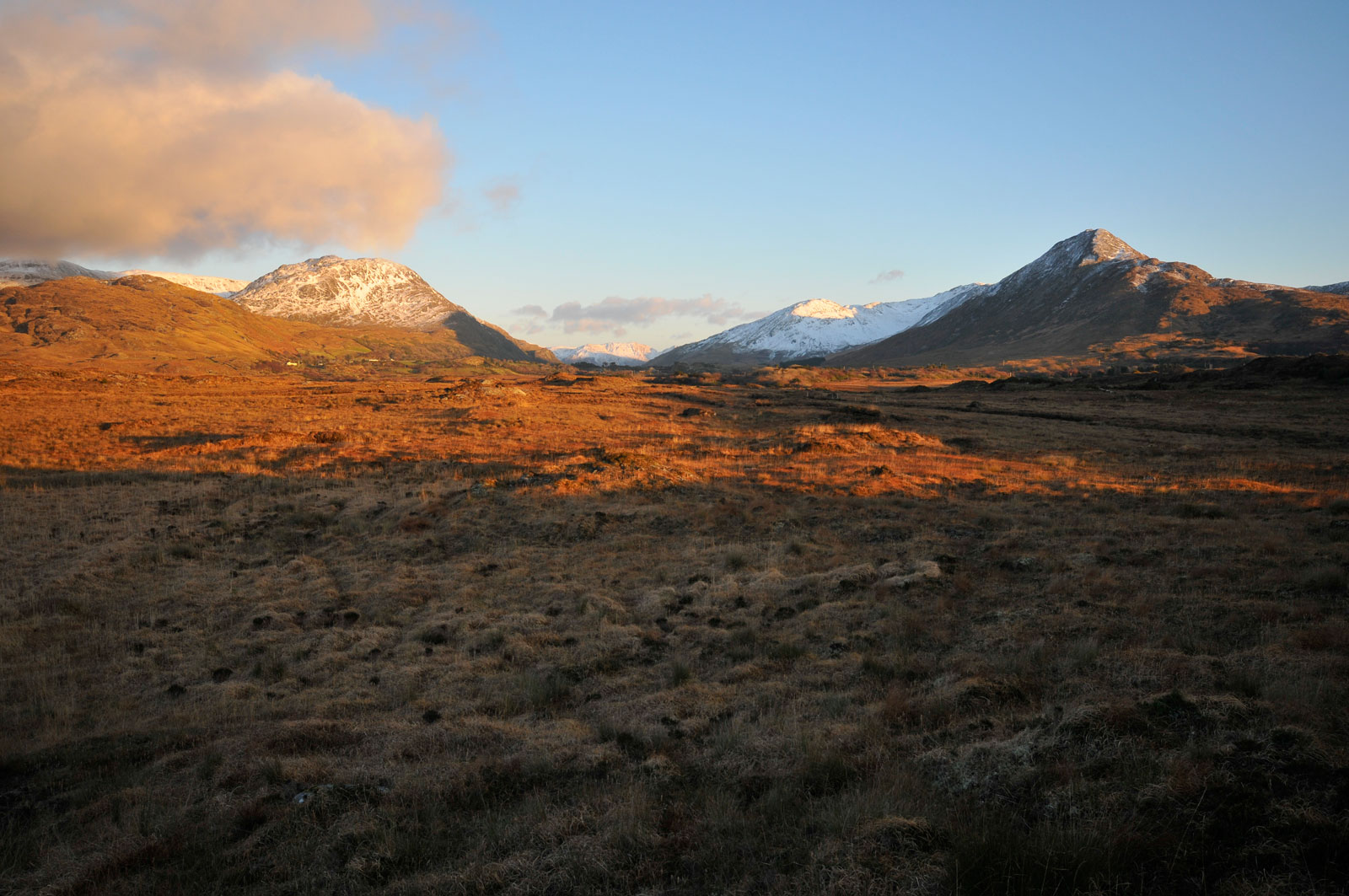Inishbofin Island
Inis Bo Finne (Island of the White Cow) lies seven miles off Galway’s coast. The island is five miles by three. The main activities on the island today are tourism, farming and fishing. There are five villages, West Quarter, Fawnmore, Middle Quarter, Cloonamore and Knock.
Several safe sandy beaches strewn with shells and with crystal clear water make swimming, snorkelling and diving a joy. For the more adventurous, the islands waters make for spectacular diving.
Inishbofin is a breeding area for many species of birds. The rarest or most threatened species breeding on the island at present are the Corncrake. The Corncrake have been nesting and breeding on Inishbofin for many years. For the adventurous there are exciting mountain walks, hill climbing and excellent shore angling. Inishbofin has become an important centre for traditional Irish music and song with its own Ceilí band. Inishbofin plays host to many visiting musicians and artists.
It is estimated that Bofin was inhabited as far back as 8000 – 4000 B.C. The first documented history of the island dates from early Christian times. As you sail around the tower and signal light into the harbour you will notice Cromwell’s 16th Century Barracks. It was used as a prison for catholic priests from all over the country after the English Statute of 1585 declared them guilty of high treason.
The first reference of Bofin comes from the seventh century. Again, it has often been related how St. Colman, himself of Connacht origin, defended the Celtic custom of the dating of Easter at the Synod of Whitby in 664.The construction of St. Colman’s new church which stands here today began on September 8th 1910. The Archbishop of Tuam, Dr. Healy, laid the foundation stone. Fr. William Rhattigan and Cyril Allies, the former landlord, led the fundraising and organisation.
More info: www.inishbofin.com



